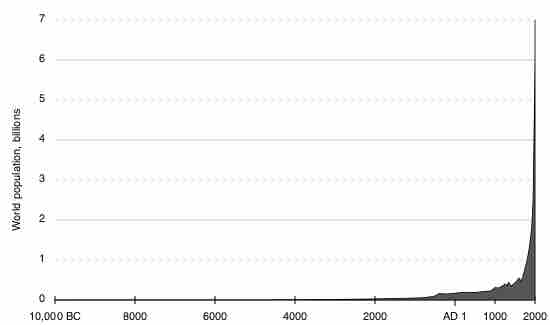Agriculture, in many ways, has been the fundamental economic industry throughout history. The production and exchange of food laid the groundwork for all bartering, making it likely to be the oldest market in history. The production of food in modern times in developed nations is oddly taken for granted, as surpluses tend to define the market in pursuit of providing options.
Developing nations view agriculture quite differently, where famines and low yield years can dramatically affect the overall food supply in a given region. Due to the critical importance of food production, the agricultural market landscape is one of the most studied and evolved economic segments.
The History of Agriculture
The history of agriculture is complex, spanning back thousands of years across a wide variety of different geographic regions, climates, cultures, and technological approaches. Over 10,000 years ago, tribes began executing forest gardening. This evolved in the Fertile Crescent region into the domestication of animals (i.e. cattle, sheep, goats, pigs), growing of wheat and barley in Jordan Valley and the growth of cereal in Syria (all still about 10,000 years ago).
As population expanded dramatically over time (see ), so did the efficiency of agriculture economics. This began with agricultural improvements such as the hoe and the plow (2500 B.C.), irrigation via canals, and biological pest control as early as the bronze and iron ages. This evolved further in the middle ages with the advent of fertilizers, three field techniques, draft horses, and improved international exchange. Indeed, until the Industrial Revolution (18th and 19th centuries) the vast majority of the human population labored long hard days to generate enough food to feed the masses.

Human Population Growth
This chart illustrates the way in which human population growth evolved over time, underlining the difficulty in maintaining supplies to fill the needs of such a large population.
The modern era of farming is increasingly defined by selective breeding, crop rotation, economies of scale, electronic machinery, genetic modification, pesticides, and a host of other solutions that have rapidly expanded the overall potential capacity in farming.
Agricultural Economics
This rapid expansion coupled with the essential role of food in our society has generated a field of economics solely dedicated to observing and predicting trends within the agriculture market landscape. Basic macro and micro-economic principles apply to farming, as do the existence of externalities such as climate change and nutritional health. Agricultural economics is defined as the economic system that produces, distributes, and consumes agricultural products and services. This represents a large interconnected supply chain on a global scale.
Interesting trends in the agricultural market pertain to the decrease in cost for the actual farming aspects and an increase in costs for the distribution and sales system (particularly in the U.S.). This is largely a result of technological progress greatly reducing the need for human labor in the production of agricultural goods, weighting the costs more heavily on the human resources side of the equation.
The politics and economics of agriculture are also relevant issues on the global scale. US agricultural subsidies have had a large impact on international trade flows. The subsidies make US agricultural products artificially cheap, too cheap for developing nations to compete with. Developing nations, which may rely more heavily on agriculture in their economy than developed nations, argue that the US should reduce its agriculture subsidies. This tension is perhaps the biggest cause of the failure of the Doha Round, a World Trade Organization push for more open global trade, to make any progress since its initiation in 2001.